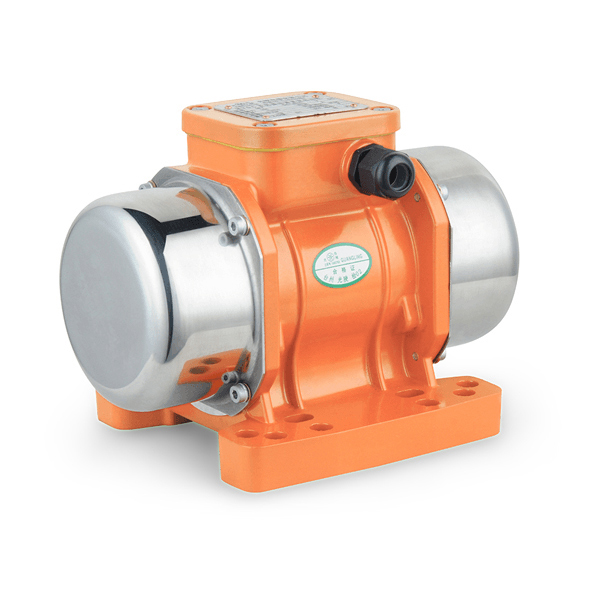The electromechanical component sector is witnessing steady growth in the utilization of the DC vibrator motor, a compact yet powerful device that converts electrical energy into controlled mechanical oscillations. These specialized motors have established themselves as critical components in numerous applications where precise vibration is required. The operational principle of the DC vibrator motor involves a simple but effective mechanism, typically employing an unbalanced mass on a rotating shaft to generate vibrational force. The growing integration of the DC vibrator motor across various sectors highlights its importance in product design and functionality enhancement.
Design characteristics of the modern DC vibrator motor emphasize reliability and efficiency within a small form factor. Engineers have refined the internal configuration of the DC vibrator motor to optimize performance while small power consumption. The construction of a typical DC vibrator motor includes durable brushes and commutators designed for extended operational life. Manufacturers have developed numerous sizes and specifications for the DC vibrator motor to meet different application requirements, from subtle haptic feedback to more substantial vibrational force for industrial equipment. The versatility in the design parameters of the DC vibrator motor allows for customization according to specific voltage, amplitude, and frequency needs.
The consumer electronics industry represents a significant application area for the DC vibrator motor. Mobile devices extensively incorporate miniature versions of the DC vibrator motor to provide silent notification alerts through haptic feedback. Gaming controllers utilize the DC vibrator motor to create immersive tactile experiences that correspond to in-game events. The reliability of the DC vibrator motor in these applications ensures consistent performance over the product lifespan, contributing to overall user satisfaction with the electronic devices.

Industrial and commercial applications for the DC vibrator motor continue to diversify across multiple sectors. Manufacturing equipment often employs the DC vibrator motor in material handling systems to prevent clogging and ensure smooth flow in hoppers and chutes. The medical field incorporates the DC vibrator motor in various therapeutic devices where controlled vibration is beneficial. Automotive systems integrate the DC vibrator motor in alert systems and interface components to provide tactile feedback to operators. These diverse implementations demonstrate the functional flexibility of the DC vibrator motor across different operational environments.
Technical advancements in the DC vibrator motor have focused on improving energy efficiency and control precision. Recent developments in the DC vibrator motor include enhanced magnetic circuit designs that deliver more consistent performance across varying voltage conditions. The introduction of improved bearing systems in the DC vibrator motor has addressed wear issues, thereby extending service intervals. Noise reduction has been another area of refinement for the DC vibrator motor, making it suitable for applications where quiet operation is essential. These continuous improvements ensure the DC vibrator motor remains relevant in an increasingly demanding technological landscape.
The future development trajectory of the DC vibrator motor appears oriented toward greater integration with electronic control systems. The combination of the DC vibrator motor with sophisticated driver circuits enables more nuanced control over vibration patterns and intensities. Research initiatives are exploring new material applications for the DC vibrator motor that could further enhance durability and performance characteristics. As product designers continue to discover new applications for tactile feedback and controlled vibration, the fundamental technology of the DC vibrator motor is likely to maintain its position as a preferred solution for generating precise mechanical oscillations in compact spaces.

 英语
英语 葡萄牙语
葡萄牙语 西班牙语
西班牙语 русский
русский







 Tel: + 86-576-86320988
Tel: + 86-576-86320988
 Fax: + 86-576-86333217
Fax: + 86-576-86333217
 E-mail:
E-mail:  Add: Dayangcheng Industrial Zone, daxi, wenling, zhejiang, china
Add: Dayangcheng Industrial Zone, daxi, wenling, zhejiang, china
